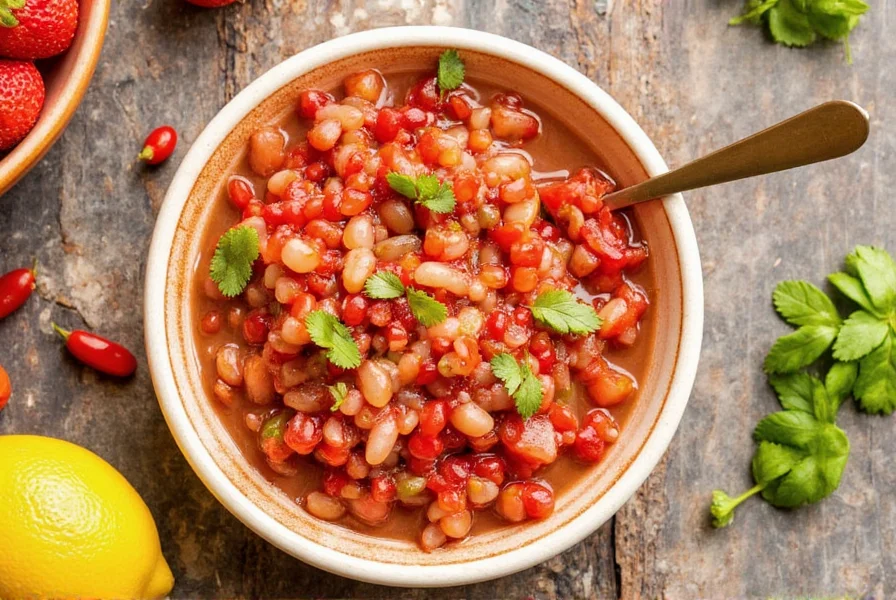How to Safely Buy Cheap iPhones: Avoid Scams and Get Genuine Deals
If you're searching for "buy cheap iPhones," you're likely looking for affordable options. However, many "cheap iPhone" sites are scams. This guide explains how to buy safely without falling for fraud, ensuring you get genuine Apple products at fair prices.
Why Buying Cheap iPhones Can Be Risky
"Cheap" iPhones often come with hidden dangers. Many sites offer prices far below market value, but these devices may be counterfeit, stolen, or refurbished without proper warranty. Risks include:
- Counterfeit products: Fake iPhones that don't function properly or contain malware.
- No warranty: Unauthorized sellers often void Apple's warranty, leaving you without support.
- Stolen devices: Some "cheap" iPhones are reported stolen, which could lead to legal issues or device blacklisting.
Always verify the seller's legitimacy before purchasing.
Trusted Sources for Buying iPhones
| Source | Reliability | Price Range | Warranty | Best For |
|---|---|---|---|---|
| Apple Official Store | High | Full retail price | 1-year limited warranty | Guaranteed authenticity |
| Authorized Resellers (e.g., Best Buy, Amazon) | High | 5-15% off retail | Full Apple warranty | Discounted new devices |
| Refurbished from Apple | Very High | 15-30% off retail | 1-year warranty | Cost-effective new condition |
| Reputable Marketplaces (e.g., eBay with seller ratings) | Moderate | Varies | Check seller terms | Used devices with verified history |
Stick to trusted sources to avoid scams. Never buy from sites with no physical address, poor reviews, or "too good to be true" prices.
How to Spot a Scam Website
Before purchasing, check these red flags:
- Lack of contact information: No phone number, email, or physical address.
- Unsecured payment: No HTTPS in the URL or trusted payment gateways (e.g., PayPal, credit cards).
- Overly aggressive marketing: Phrases like "100% genuine" or "limited-time offer" without details.
- Poor reviews: Check Trustpilot or Google reviews for complaints about non-delivery or fake products.
Always search for the website's reputation before buying. If you can't find reliable information, avoid it.
Buying Used iPhones Safely
If considering a used iPhone, follow these steps:
- Verify IMEI: Use Apple's official IMEI checker to confirm it's not stolen or blacklisted.
- Check warranty status: Go to Apple's warranty page and enter the serial number.
- Inspect physically: Test all features (camera, speakers, charging port) before finalizing.
- Use secure payment: Only pay via PayPal or credit card for buyer protection.
Frequently Asked Questions
Can I trust websites selling iPhones for 50% off retail price?
Absolutely not. Apple products rarely sell at such deep discounts. These are almost always scams or counterfeit devices. Stick to authorized resellers for discounts up to 15%.
How do I check if an iPhone is refurbished?
Go to Apple's official website, enter the serial number in the warranty checker. If it shows "Refurbished," it's legitimate. If it shows "New," but the price is suspiciously low, it may be counterfeit.
Is it safe to buy iPhones from social media sellers?
No. Social media sellers often lack verification and have no accountability. Always use reputable marketplaces with buyer protection policies.
What should I do if I already bought a fake iPhone?
Immediately contact your payment provider for a chargeback. Report the seller to the Federal Trade Commission (FTC) and local authorities. Avoid using the device, as it may contain malware.
Are refurbished iPhones from Apple trustworthy?
Yes. Apple's certified refurbished devices undergo rigorous testing, include a full warranty, and are sold at 15-30% off retail. They're the safest way to get a discounted iPhone.











 浙公网安备
33010002000092号
浙公网安备
33010002000092号 浙B2-20120091-4
浙B2-20120091-4